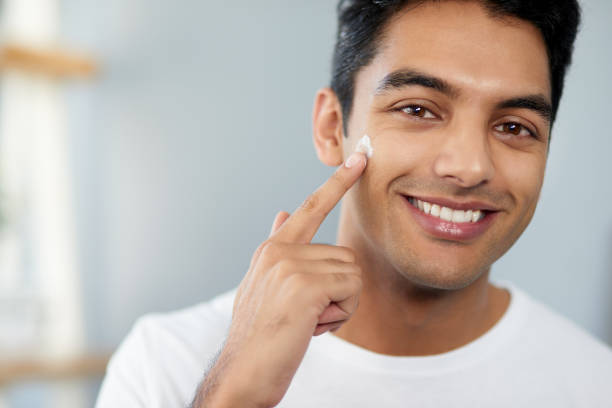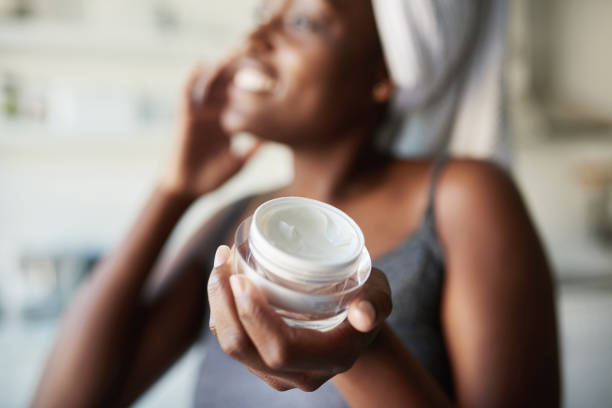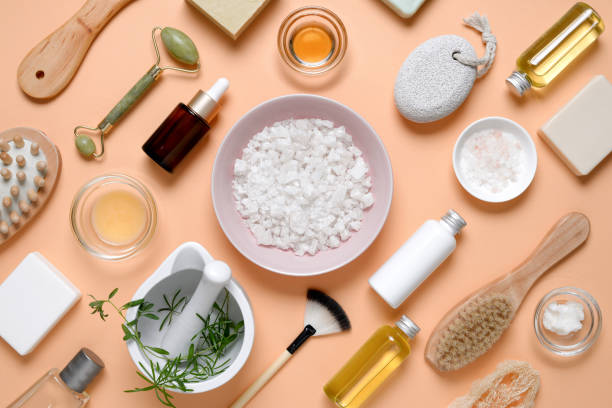Aqua (water/eau), cetrimonium chloride, polyquaternium-11, amodimethicone, polyquaternum-37, panthenol, guar hydroxyporpyltrimonium chloride, hydroxyethylcellulose, dimethicone copolyol, propylene glycol, dmdm hydantoin, parfum (fragrance), limonene, polysorbate 20, methylparaben, tallowtrimonium chloride, nonxynol-10, citric acid, propylene glycol dicaprylate/dicaprate, ppg-1, trideceth-6, benzophenpne-4, hydrolyzed wheat protein, hydrolyzed wheat starch, simondsia chinesis (jojoba seed) oil, CI 19140 (yellow 5), CI 42090 (blue 1) CI 16035 (Red 40).
Take a look at this list of ingredients. How much do you understand? Most people will fall off the wagon after “water”. This is an actual list of ingredients from conditioner that I used some years back. It was around the time when I was just getting interested in knowing what really was in the products I used daily, and after having looked at the ingredient list, I threw the bottle out.
This list contains many weird-sounding names that would be almost impossible to learn by heart. Luckily, there are a few ways that help the understanding of the ingredient declaration, or the INCI (International Nomenclature of Cosmetic Ingredients) a bit better.
- Less is more. The first thing to do is take a look at the amount of ingredients and the difficulty of the words. Simply put, the more difficult the ingredients are to pronounce, the more likely they are to be bad. This is of course not always the case – Butyrospermum Parkii might not sound like the first thing you would rub on your skin, but it’s actually shea butter, which is of course all-natural and great for skin and hair. Still, the difficulty of the words might give you a hint of what kind of product you have in your hands and to what extent it is chemically produced.
- Focus on the first ones. To keep others from making exact copies of their products, the cosmetic companies don’t have to write out how much of each ingredient a product contains. Still they have to arrange the INCI in order of quantity. So the first ingredients are the ones that you should be most careful about, since the product mainly is composed by them. Normally the first 4-8 ingredients are the big ones, while the rest are just included in very small quantities.
- -cones and -ols. Even though an ingredient as such might tell you nothing, sometimes part of the word might give you a hint as to what it is. For example, something ending with -cone, is a silicone, that is mostly used in hair products and generally considered something to avoid. If it ends with -ol, it is an alcohol, if something is hydrolized, it is a protein and so on.
- American vs. European style. When a product includes natural extracts, in America they have to write out the common english name as well, as you can see above [simonensia chinese (jojoba seed) oil]. This makes it a bit easier, and one will understand that Butyrospermum Parkii (shea butter) not necessarily is bad. In Europe, however, this is not necessary.
- FGI. When you have a list of ingredients (most can be found by googling), you can look them up to see what is said about them. Some sources I use are: “The truth about cosmetics” by Rita Stiens, the Good Guide and the Skin deep database.
- Loopholes for the cosmetic companies. There are some things that make the reading of INCI lists more difficult. For one thing, ingredients included with less than 1% can be added in any order preferred. This means that if a product contains 0,0001% of a natural ingredient, say olive oil, and 0,99% of a bad ingredient, say parabens, the olive oil can be noted before and the parabens after, giving you the impression that the product includes more olive oil than parabens. Also, the cosmetic companies are still allowed to keep some ingredients secret. They will instead be substituted by a seven number code, or simply “and other ingredients”. This makes it more difficult, or downright impossible, to know what the product actually consists of.




